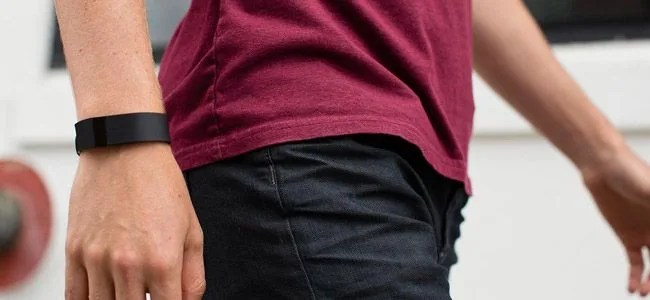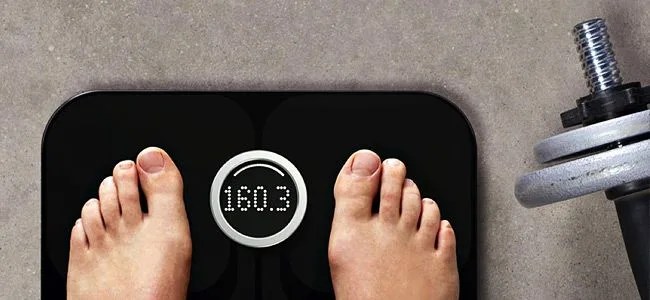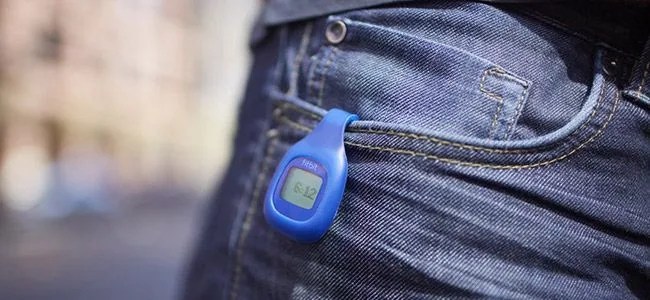
If you live in Miami, Hawaii, or the Southern Hemisphere, winter is simply the last running season of the year. For most everyone else, the onset of frigid temperatures and shorter days makes it much tougher to remain active. Toss in family gatherings, much-needed vacation, and entirely too much stuffing, and it’s fairly easy to see why the top resolution made each year is to get in shape. While it’s easy to fall into the trap of going dormant through the holiday season, it’s easier to keep moving and working towards your long-term fitness goals with a Fitbit by your side. Or on your wrist — whichever you prefer.
Part of staying active (and in turn, healthy) is understanding what your body is doing each day. Fitbit‘s focus on data has led to a suite of tools that make it easy to visualize a day, month, or even year’s worth of activity. It’s tough to understand where you need to go if you can’t understand where you’ve been; that’s why Fitbit tracks your most important vitals around the clock.
Track Better

The all-new Charge as well as as other Fitbit devices like the Flex, One, and Zip each track steps taken, distance moved, and calories burned; in addition, the Charge, Flex and One silently track how long and how well you slept. In the case of tracking sleep, the “normal” setting counts significant movements, such as rolling over, as being awake, while the “sensitive” setting will cause your tracker to record nearly all movements as time spent awake. As for tracking steps, Fitbit relies on a 3-axis accelerometer to understand your motions. An accelerometer is a device that turns movement (acceleration) of the body into digital measurements (data) when attached to the body; in Fitbit’s case, it tracks frequency, duration, intensity, and patterns of movement.



